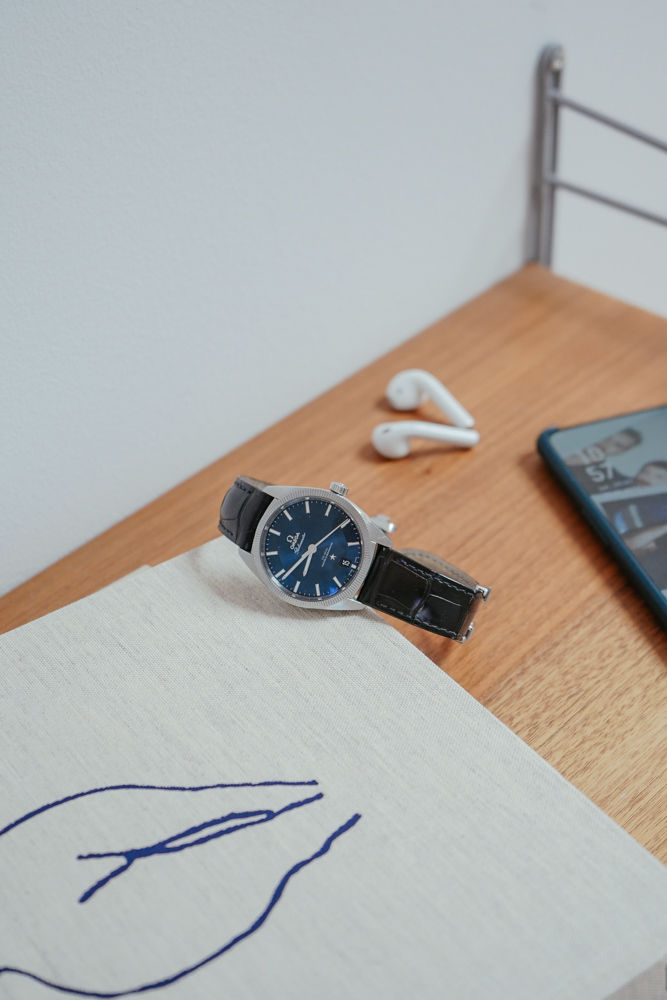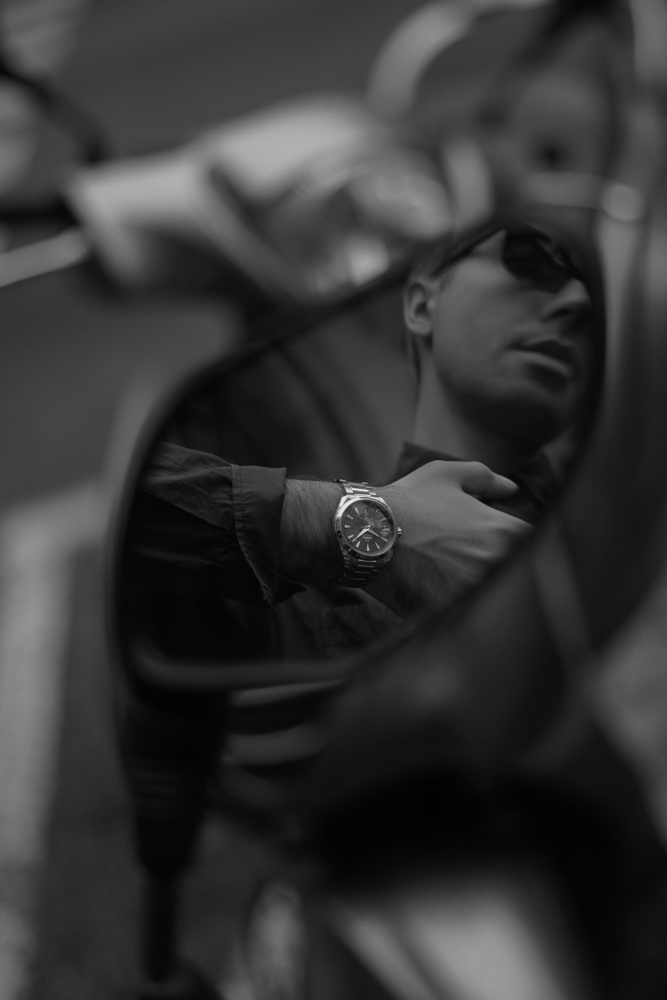But how does magnetism affects a watch? The answer is very simple. A watch, an object that we always wear on our wrists and which is an instrument of precision used to organise our time, is made up of a large number of small pieces that are continuously exposed to magnetic fields.
When these magnetic forces reach our watch, it ceases to be precise
and its main function, to mark time, is affected. That is why it is common for many people to think that when a clock is automatically moved forward or backward it doesn’t work, and what really happens is that its actually magnetized. OMEGA’s development of the new Master Chronometer guarantees reliability and precision, overcoming all barriers in the world of watchmaking and beating what has been for centuries, the great enemy of the mechanisms of artisan watches, magnetism











